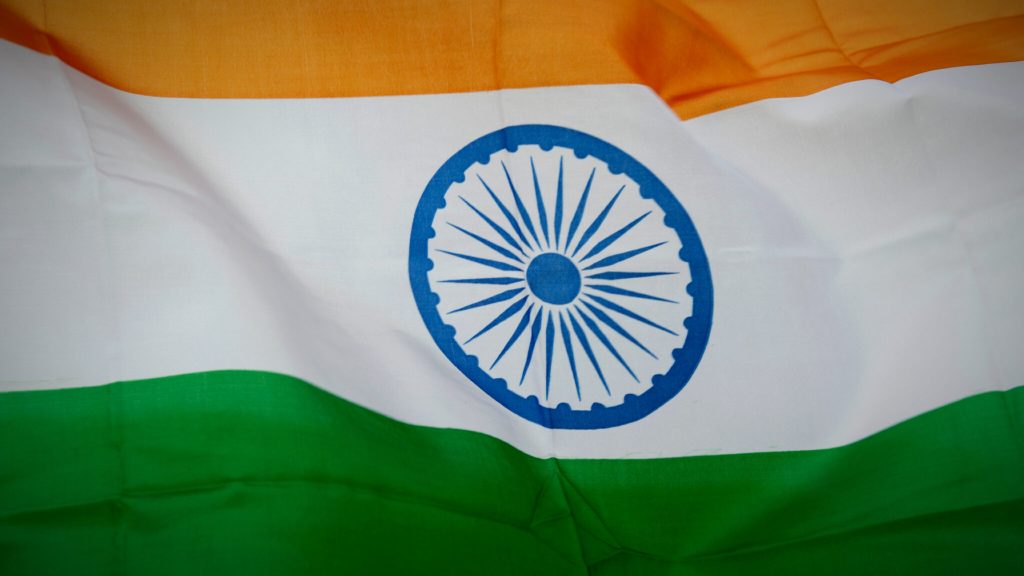India’s National Telecom Policy 2025: Vision for 4G, 5G, and 6G Coverage

The Department of Telecommunications (DoT) in India has unveiled its National Telecom Policy 2025, aiming to achieve comprehensive coverage across various generations of mobile networks by 2030. The policy outlines ambitious objectives to enhance connectivity, digital infrastructure, and innovation in the Indian telecom sector.
Key Highlights:
- Universal 4G/5G Coverage: India targets complete 4G and 90% 5G population coverage by 2030, with a focus on rural fiber upgrades.
- Accelerating Innovation: The policy sets goals to secure a 10% global share in 6G IP, positioning India as a key R&D hub.
- Promoting Manufacturing and Investment: Initiatives like a Telecom Manufacturing Zone aim to attract substantial investments, projecting around $11.5 billion annually.
The draft policy emphasizes increasing fiber connectivity in rural areas, enhancing telecom infrastructure, and promoting domestic manufacturing. It aims to bridge service gaps, expand mobile networks, and boost broadband adoption in underserved regions. The policy also aligns service standards with global benchmarks, emphasizing transparency and quality.
Additionally, the policy envisions India’s significant role in 6G R&D, targeting intellectual property growth and import substitution strategies. It emphasizes reducing compliance burdens, improving spectrum availability, and fostering research and development.
The DoT introduces strict security guidelines for satellite communication providers, reinforcing national defense measures and regulatory oversight. Operators must adhere to new security conditions, including data localization and integration with India’s NavIC system.
The telecom landscape in India is witnessing increased global interest, with major players like Starlink, Project Kuiper, and Eutelsat-OneWeb entering or expanding their operations. The updated framework aligns with India’s strategic vision for a technologically advanced and secure telecom environment.




